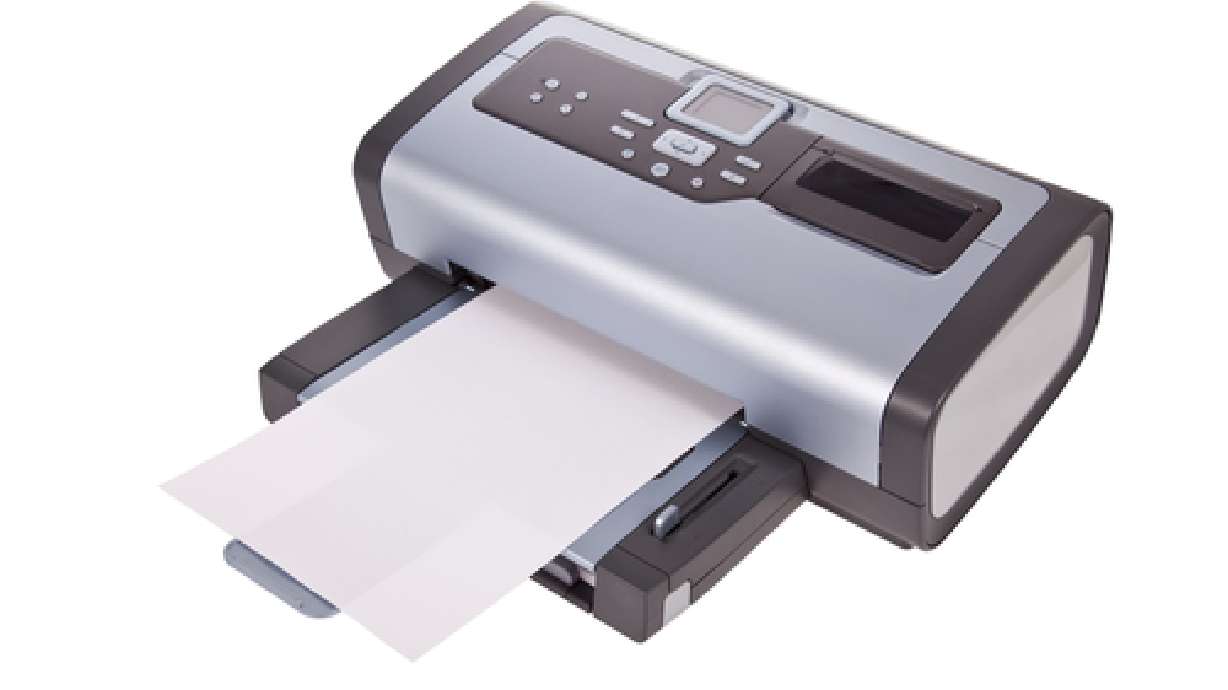Estimated read time: 2-3 minutes
This archived news story is available only for your personal, non-commercial use. Information in the story may be outdated or superseded by additional information. Reading or replaying the story in its archived form does not constitute a republication of the story.
SALT LAKE CITY -- Efforts at reducing our carbon footprint on the Earth are becoming more and more astounding with each passing day.
A team of researchers at the University of Cambridge in England has developed a printer that uses laser technology to remove ink from paper without damage.
The team had previously experimented with the applicability of ultraviolet, visible and infrared (IR) lasers under nanosecond pulses for toner removal. What they ended up with in the finished product were even shorter pulses of laser light used to ablate, or essentially vaporize, the toner from a sheet of paper.

In the above sentence, "even shorter" is an understatement. The pulses of laser light used to remove the toner occur in picosecond intervals. As a point of reference, one picosecond is to one second as one second is to 31,700 years.
While the printer uses lasers for both regular printing tasks and the new "unprint" functionality, the approach to each of the two tasks is fairly different. In regular printing, a laser assigns a positive charge to individual "pixels" on a piece of paper according to the message being sent to the device. After mapping out the "pixels", a heat source fuses negatively-charged toner particles to these positively charged areas on the paper.
"Toner-print removal from paper would allow paper to be re-used instead of being recycled, incinerated or disposed of in landfill," reads the report by The Royal Society of Mathematical, Physical, and Engineering Sciences. "This could significantly reduce the environmental impact of paper production and use."
The team at the University of Cambridge has also pointed out that, while a commercial version of the device is still a distant thought, the "unprinting" method has half the carbon emissions of recycling, and is nearly 20 times as efficient.
One can only hope it doesn't lead to "Reverse Paper Jam".









